|
ARTIST’S STATEMENT
Sylvia Thompson Outland Inspired by color, line and form, I try to convey the beauty, personality and mood of each of my subjects. I love to garden, and am drawn to nature and like to capture the subject’s inner spirit as well as the mood of that particular moment. I feel a connection to my subjects and enjoy bringing out individual qualities, whether it is in a building, still life or landscape. Having lived in Lebanon and Warren County most of my life I feel a deep connection with the area and its history. My work is constantly evolving as I look for new ways to express my ideas. The large variety of methods and materials available continues to challenge and expand my creativity. Each medium has its own characteristics and the subjects of my work and ideas I want to convey will usually dictate the medium I use. I am constantly working and studying to expand my range of technical experience. I find that each work takes on a life of its own. This exhibition is made up of some of my favorite works done over the last 20 years. Recently, I’ve been working with line and color, as shown in my “Hosta’s Gone Wild” and “Graphics” series and flowers in quick color sketches. My earlier work centers around my “Vanishing Landscape” series of pictures of old barns and buildings as well as still life studies. My current work is more experimental using new ideas and different techniques letting serendipity dictate the design. I still most enjoy the mediums of pencil and pen because, when working with them, I find a calmness and peace. Inspired by my Grandmother and parents, my love of nature and history continues to this day as a great source of inspiration for my work. An early exposure to fine craftsmanship and building design has inspired my love of old barns, architecture and fine art crafts. The mediums used in the works in this exhibition are oil/acrylic, watercolor, color and graphite pencils, India ink in black and color markers. Work held in Private & Corporate Collections including: The Harmon Museum, Warren County Historical Society, Lebanon, Ohio Lebanon Citizens National Bank, Lebanon, Ohio GMI Companies, Lebanon, Ohio Butler County Republican Party Warren County, Ohio government Sylvia's show will be held from April 30, 2021 to June 5, 2021 at Harmon Museum
0 Comments
- Sylvia Outland, Art Curator
March 14th marked the return of the portrait, featured on Antiques Roadshow, of John Milton Charters and William Morris Charters (1846 - 1848) twin sons of Dr. William Morris Charters (1806 - 1883) and Cynthia Dutton Seely (1809 - 1860). Both portraits were painted, circa 1849, by Marcus Mote a Quaker artist living and working in Warren County. The Betsy H. Maple Trust, represented by Karri Hamilton daughter of Betsy Maple, (second wife of William Chester “Chet” Maple) personally delivered the painting the family gifted to the Harmon Museum. Both paintings descended in the family of Charters Dyche Maple (1899 - 1958) to his sons William Chester Maple (1935 - 2009) and Dixon Charters Maple (1929 - 2001). Since childhood, I have always been drawn to antique objects; they bring a relevance and history which contemporary objects do not offer. This experience led to my exploration of historical drawings and etchings from the Victorian period, starting with Edwin Landseer, who was one of the most popular animal illustrators during this time period.
Images of animals and children started to proliferate at the turn of the century as people sent greeting postcards and also read magazines like Harper’s Weekly which contained stories written and illustrated in serial fashion. Printed magazines were available all over the country as reading became an important cultural activity and literacy increased. In addition, life was documented and shared in wonderfully illustrated children’s books. One can imagine domestic scenes by the fireside involving reading and the slow activity of embroidery. Artwork and literature are rife with cultural symbols; they are a tool which teach our youth as well as shape adult behaviors. Morals abound in these tales, both about humans and animals. At this time, animals started to be seen as domestic companions and valued for their loyalty and compassion. Many of these prints show scenes of tenderness and altruism, while others illustrate acts of aggression and barbary. These stories and the prints which accompanied them, had a profound effect upon public perception of the treatment of animals and children leading to new organizations for their protection including the Society for the Care and Protection of Animals (SCPA) and new child labor laws. Using research from this important historical period, I created a series of embroidered drawings on wool. There is a kind of nostalgia in these images, not of a perfect world, but a slower paced life with some sweetness. It is also important to note that the cultural awareness which awakened regarding children and animals unfortunately did not extend to all humanity, especially African Americans and immigrants. The resulting embroideries seek to shine light upon our collective potential for acts of altruism and bravery, amidst the presence of depravity. How can we extend the generosity of animals and children into contemporary society so that all people can find tenderness, sensitivity to others and begin to understand our collective value?
- written by Jeanne Doan, Assistant Director
The Warren County Historical Society began 2019 with lots of plans: a series of Lunch and Learn presentations, new programs, and traditional events. Then came Covid-19. No one predicted what a dramatic effect it would have. At the time of the shutdown, the Archaeology and Native American Artifact room, on the ground floor of the museum, had become a depository for overflow from other storage spaces. During the shutdown, volunteer time was used effectively to clean and reorganize multiple storage spaces. The now clutter-free artifact room badly needed a make-over. Damp, dark, and outdated, the room cried out for help. Enter Mr. Doug Baird, a specialist in fossils and Native American artifacts. After inspecting all the artifacts in the display cases and boxes in the vault, Mr. Baird informed us that WCHS has "the finest collection of fossils and Native American artifacts I have seen outside of the Smithsonian." WCHS staff and volunteers have been working hard to clean, repaint, and rearrange. Display cases were resurrected from the basement of Glendower. Mr. Baird and his assistant sorted and relabeled the artifacts. The project was completed late November. We want to extend our thanks to everyone who has been key to this transformation. The Harmon Museum looks forward to unveiling our new comprehensive display honoring our ancient Ohio beginnings. |
AuthorVarious staff and volunteer writers. Categories
All
Archives
May 2024
|
Email: info@wchsmuseum.org
Wchs Office/Harmon MuseumTues - Sat: 10am - 4pm
Year Round |
1795 BEEDLE cABINPhone for hours
Year Round |
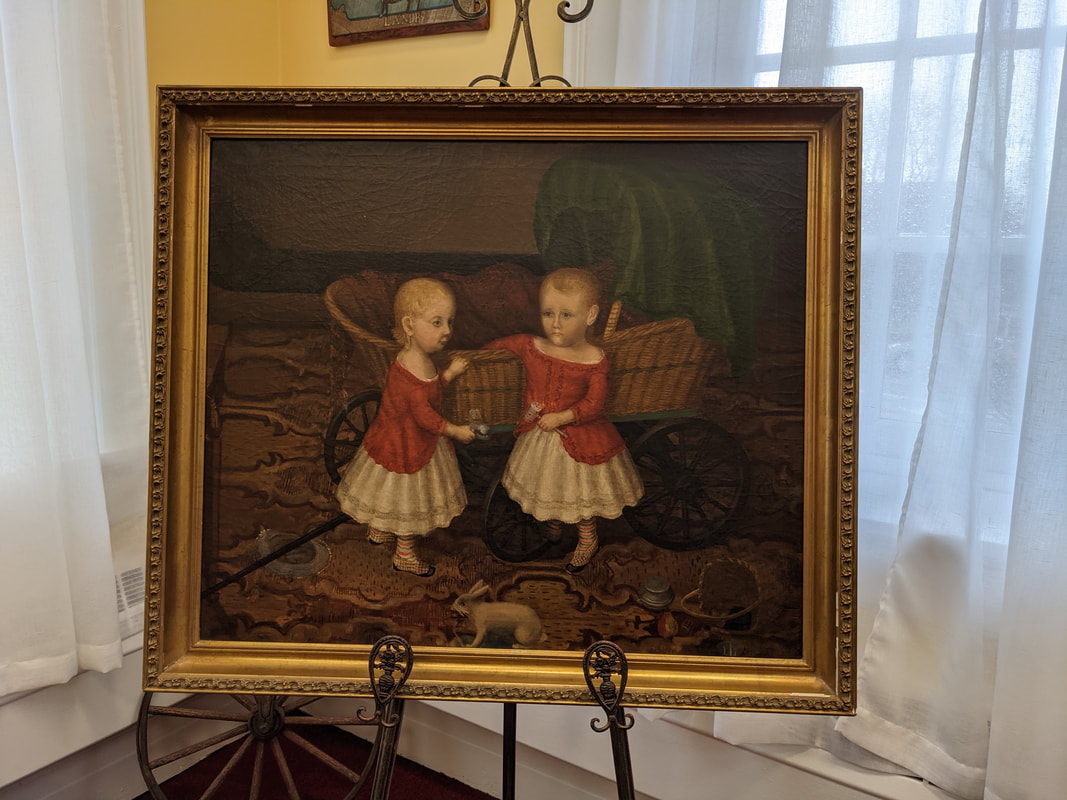

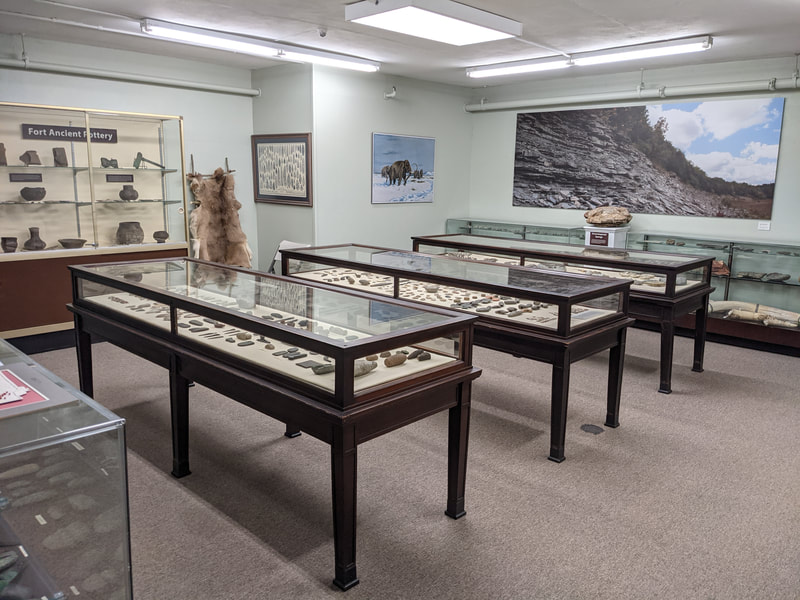
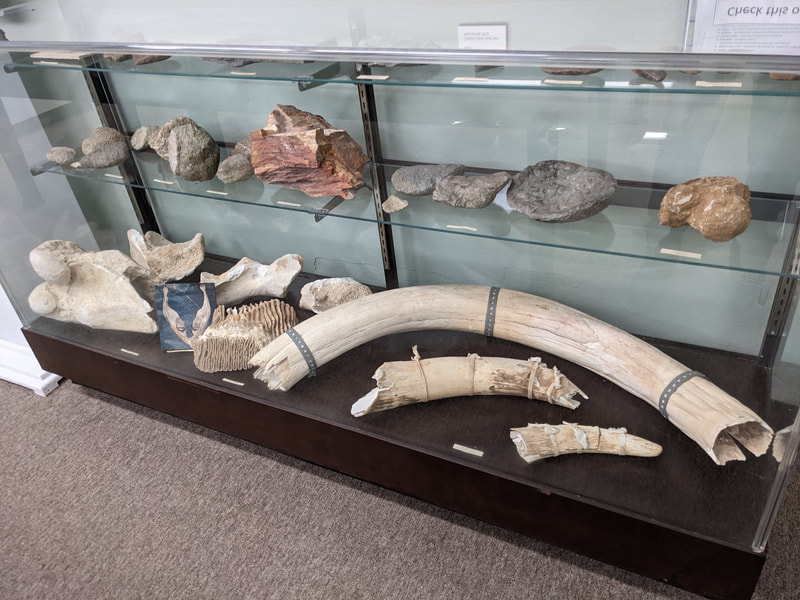
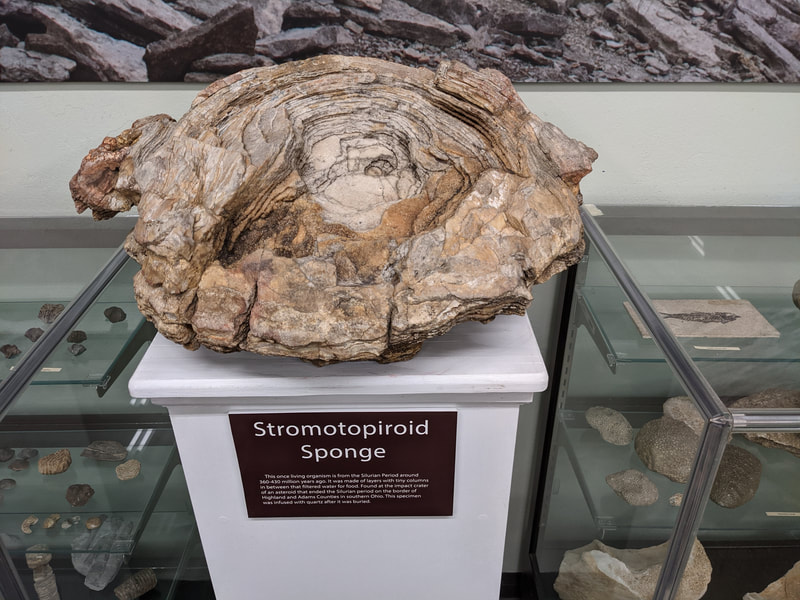
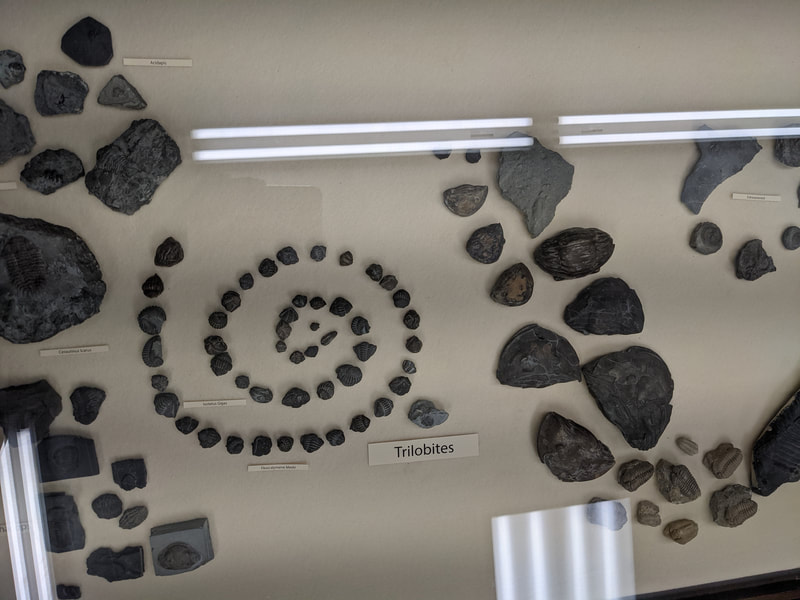

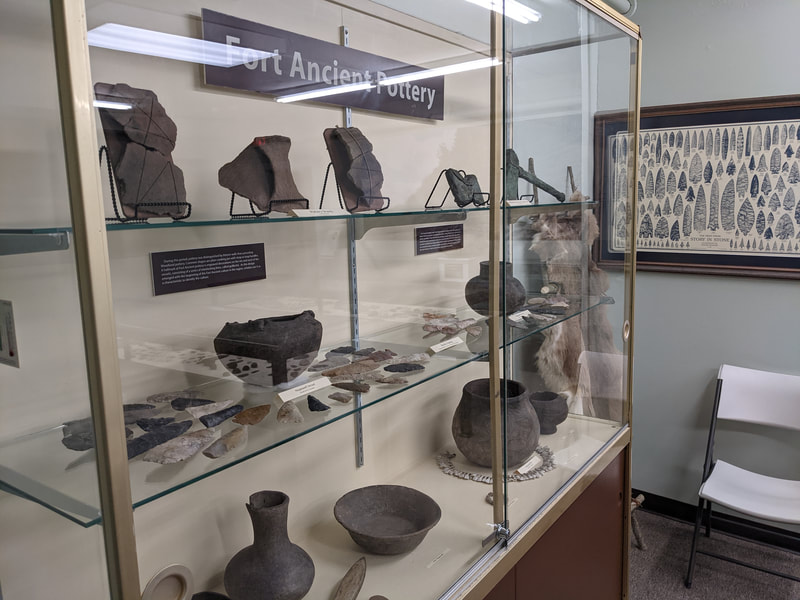
 RSS Feed
RSS Feed





